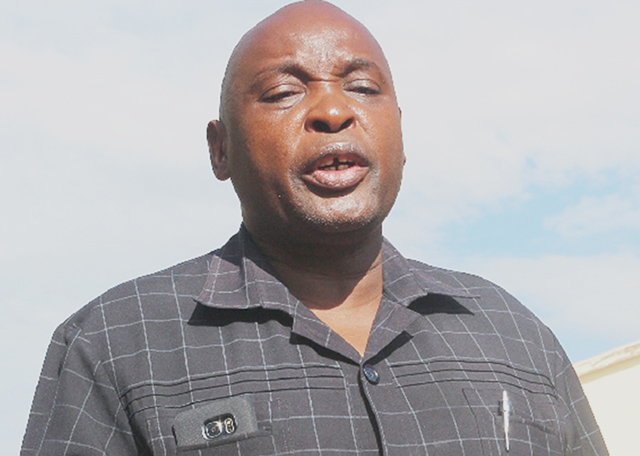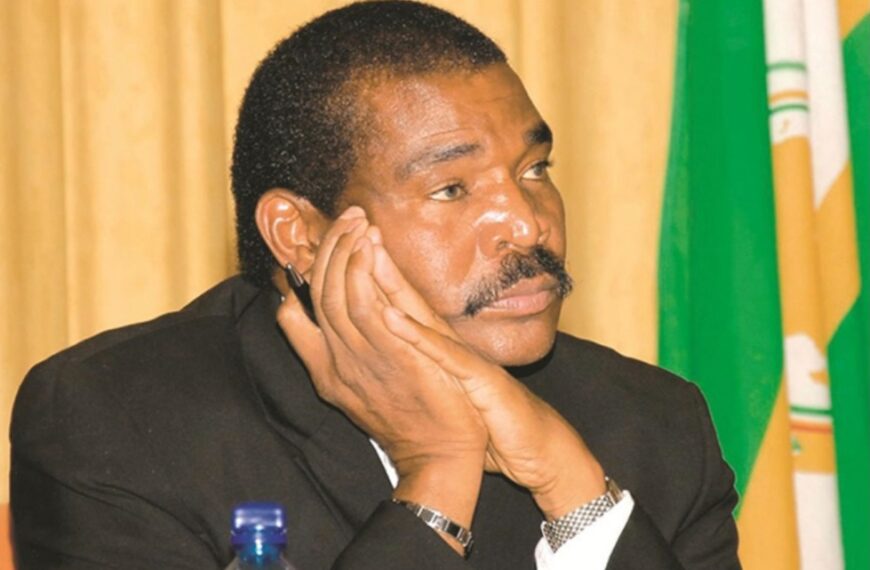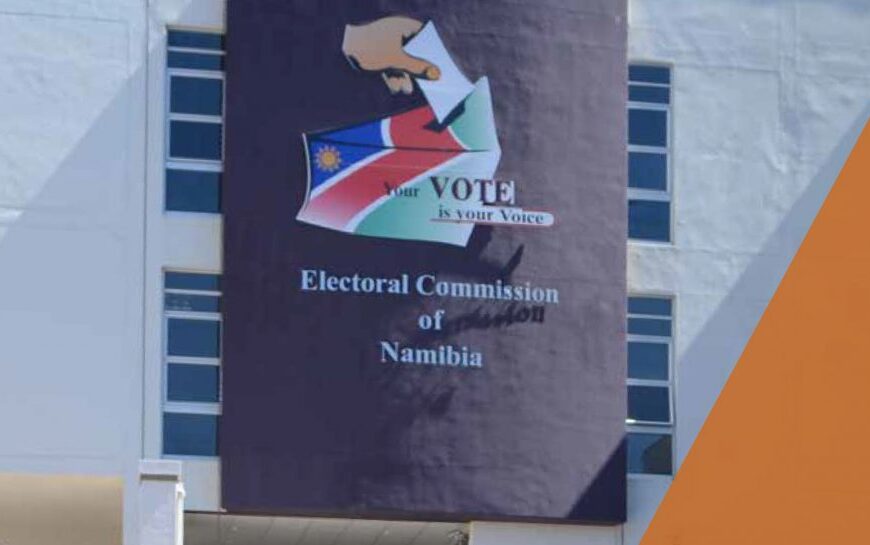
Urban and Rural Development Minister Sankwasa James Sankwasa has taken aim at the pay packets of state-owned enterprise (SOE) executives, arguing that some CEOs are earning far more than the country’s president despite carrying less responsibility.
Sankwasa’s comments come amid renewed public debate on the pay scales within parastatals, sparked by revelations about executive salaries at key state-run entities.
At Namcor, for example, former Chief Financial Officer Jennifer Hamukwaya earned N$88,000 a month in 2018 – a figure that had more than doubled to N$180,000 by April 2023. Reports also revealed that the company offered former banker Lionel Matthews a staggering N$230,000 monthly salary to temporarily replace suspended CEO Immanuel Mulunga earlier this year.
By comparison, President Netumbo Nandi-Ndaitwah earns about N$146,000 a month – untaxed – and is entitled to a newly built retirement home once she leaves office, as provided for under the Pensions and Other Benefits of Former Presidents Act.
While government introduced revised salary guidelines for SOE executives in 2018 – setting upper limits at just over N$2 million annually, excluding bonuses – many institutions have ignored these caps. For instance, NamPower CEO Simson Haulofu took home roughly N$3.4 million in 2016, far exceeding the official ceiling.
The 2018 framework, which replaced a 2013 structure under then-Prime Minister Hage Geingob, categorizes SOEs into three tiers, with CEO salaries ranging between N$545,000 and N$2 million annually depending on the classification.
Former Public Enterprises Minister Leon Jooste warned as far back as 2018 that the sector’s wage bill – estimated at N$6.1 billion – was unsustainable given the performance of many SOEs. At the time, they had received over N$4 billion in budget allocations while carrying a combined debt of N$43 billion, roughly a quarter of Namibia’s GDP.
Sankwasa’s call for a salary review adds pressure on government to rein in runaway executive pay and ensure that SOEs deliver value for money to the taxpayer.


























